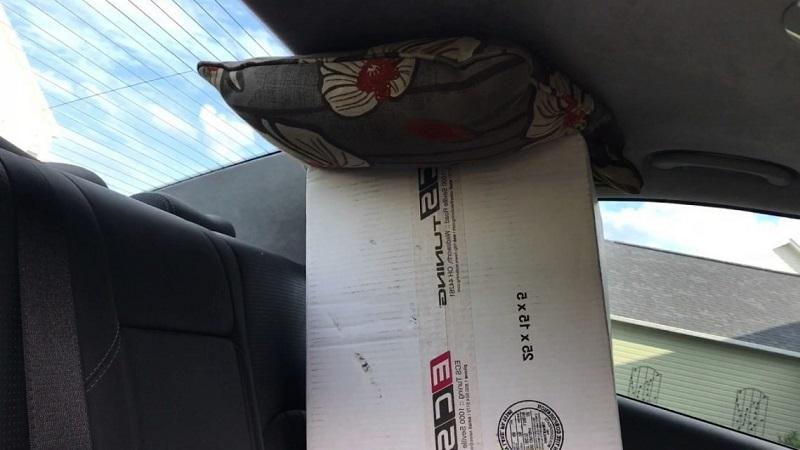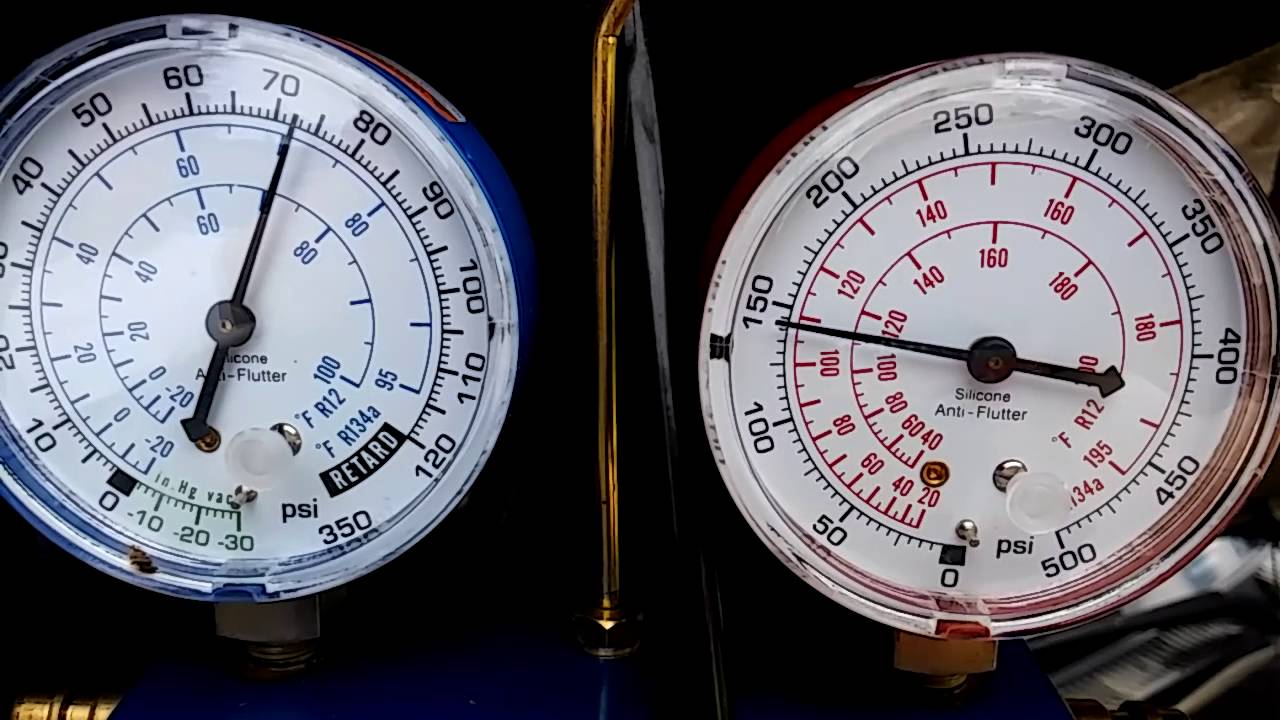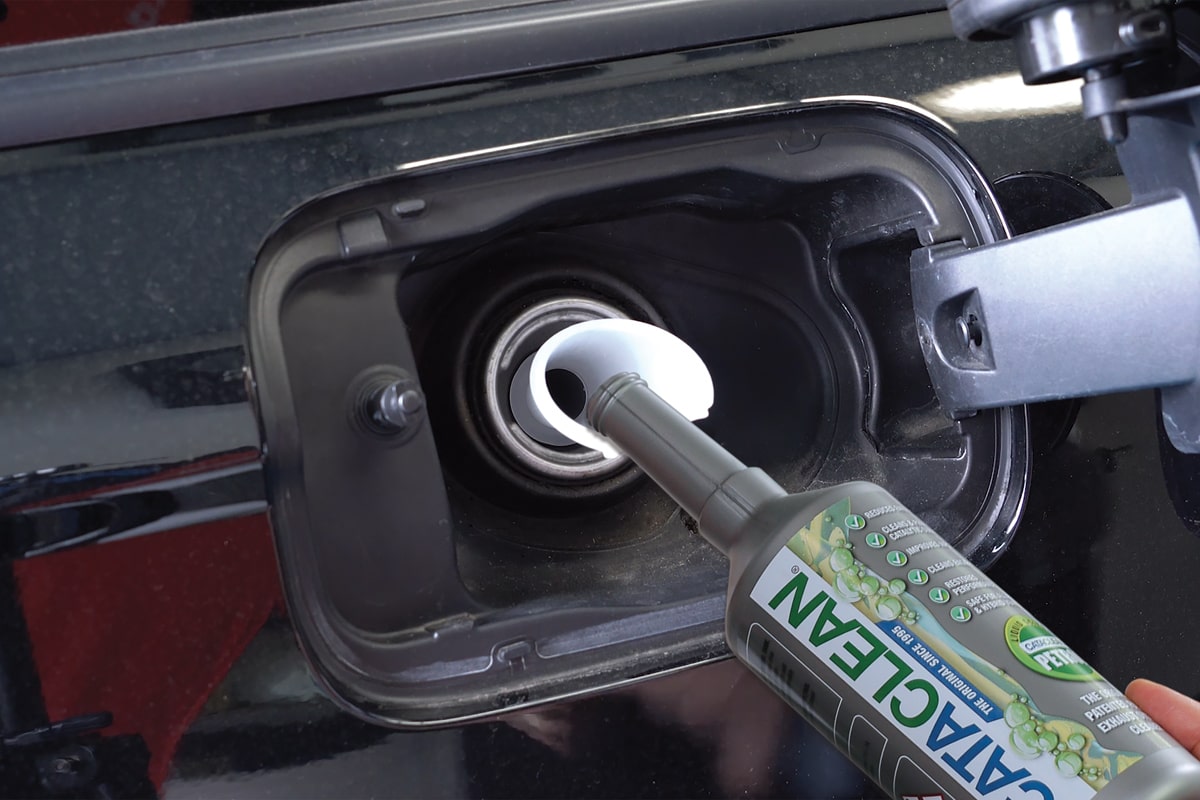How to Fix Oil on Spark Plug Threads in 5 Easy Steps
Oil is important for your car in general and your engine in particular to run smoothly, but there are places it shouldn’t get to. If you find oil on spark plug threads, there is definitely a problem somewhere and it is negatively affecting your engine performance.
There are many reasons why oil can leak into the spark plugs. The most common reasons for such an oil leak are a leaking valve cover or leaking spark plug o-ring, both of which can easily be replaced. Otherwise, the issue of oil on spark plug threads can be caused by a leak head gasket, which is more troublesome to inspect and replace.
Regardless of the reason, when you find oil on spark plug threads, perform an inspection to pinpoint the culprit right away and replace faulty components to restore your engine to its optimal operation. This comprehensive article will teach you the symptoms and 6 common reasons for oil leaking into spark plugs, and a step-by-step troubleshooting and fixing guide.
Spark Plug Functions
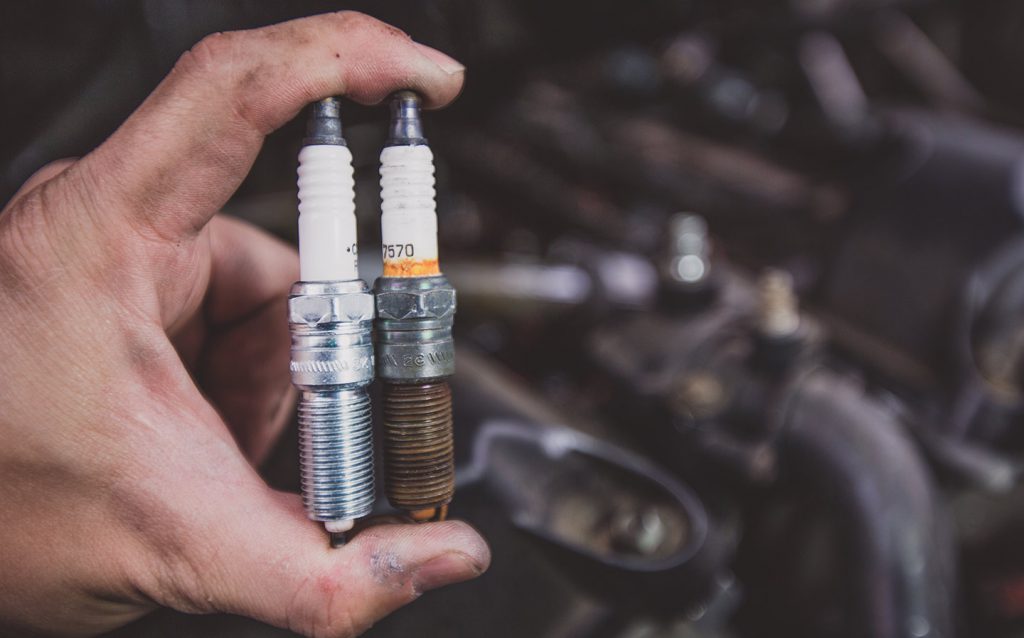
The spark plugs are responsible for igniting the air and fuel mixture to create energy-generating combustion in your engine. The combustion procedure requires strict precision from each component of the engine, including ignition at precise moments in time for optimal combustion.
The spark plugs ensure this by maintaining the right temperature in the engine’s combustion chamber, for once. If the temperature is in the combustion chamber, the resulting spark might not be hot and strong enough, resulting in a loss of energy. If the temperature is higher than what’s required, it can lead to what is called pre-ignition, that is an ignition that occurs too early and thus will not result in optimal combustion.
Needless to say, despite being a small component, faulty spark plugs heavily affect your engine performance, and oil on spark plug threads is a common issue that must not be ignored.
What Will Happen If There Is Oil On Spark Plugs?
With the way the combustion system is wired, air and fuel are the only two things that should come into contact with your spark plugs. When everything is in working order, there shouldn’t be any oil on your spark plugs.
If oil indeed finds its way to the spark plugs, an oil-soaked spark plug might not be able to make a spark effectively or at all, which means suboptimal or worse, no ignition, no combustion and no energy generation. Even if the fuel pump is supplying fuel to the chamber, the fuel will find a way to escape the cylinder without burning.

In general, an oily spark plug directly affects engine performance and if this problem of oil on spark plug threads is prolonged enough, it can prematurely wear out the engine bearings because too much fuel is piling up in the oil pan. In addition, it can also cause permanent damage to the catalytic converter.
A catalytic converter controls emissions by performing catalyzed chemical reactions. It converts toxic exhaust, a byproduct of combustion, to less toxic substances. The catalytic converters can overheat because of excessive amounts of unburned gas caused by an oil-soaked spark plug that cannot ignite properly.
An oily spark plug doesn’t sound like a big problem, however, it actually has a number of negative effects, in other words, there are several signs that might point to oil leaking into spark plugs as follows:
Reduced engine performance and fuel efficiency
Even one slight deviation in the function of a single component can heavily reduce the engine’s efficiency. When your spark plug is not making sparks effectively or at all, the engine suffers, and one direct consequence of almost all types of reduced engine performance is reduced fuel efficiency.
As mentioned above, even if fuel is injected into the cylinder for ignition, if it is not burned due to a malfunctioning spark plug, the fuel will find a way to escape the cylinder. Therefore, one manifestation of oil on spark plug threads is that your car uses up more fuel than is usual, despite suboptimal performance, including difficult starting, and loss of power during acceleration or when driving uphill.
The gas smell from the exhaust pipe
Many problems can lead to higher fuel consumption, however, if you can perceive a gas smell from your car cabinet, oily spark plugs might be the culprit. This happens when there is a mixture of oil and gas coming from the tailpipe, causing an unusual and noticeable gas smell.
Blue smoke from exhaust pipe
In addition to the gas smell, if you notice that your exhaust pipe is blowing out blue smoke, most likely there is oil in the spark plugs. This is because the blue smoke is a result of the burning of the fuel, air, and leaked oil on the tips of the plugs.
Misfiring engine
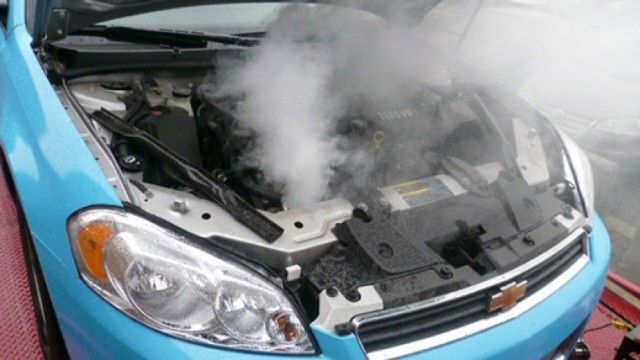
A misfire happens when the engine momentarily hesitates stumbles, or loses power especially when accelerating, and then regains its normal speed. A misfire may also occur when your engine is idling, causing a rough or uneven idle. Engine misfiring will usually repeat, either randomly or under specific operating conditions.
Although there are other reasons this could happen, oil on the spark plug is one of the causes. An engine misfire happens when any one of the three components – the fuel, the oxygen, or the spark plug – is not working in the right order or at the precise time.
When a spark plug is soaked with oil, it will have difficulty making a spark and will not be able to maintain the right temperature in the cylinder, thus ignition might occur too late or too early, if at all, resulting in engine misfire.
Engine backfiring
An engine backfire occurs when the fuel is ignited at the wrong time. When there is oil on the spark plug threads, the engine will backfire. An oily spark plug might not be able to make a spark at the precise moment when the exhaust valve opens.
Fuel particles aren’t properly ignited and the unburned fuel escapes from the cylinder to the exhaust system with force. The misfired spark plug ignites the rich air-fuel mixture, causing a small explosion or a loud “bang” in the tailpipe.
6 Reasons for Oil On Spark Plug Threads
Before trying to fix the problem of oil on spark plug threads, you must know why it happens to pinpoint the culprit. There are six common reasons for this engine issue:
1. Leaking or worn valve guides
In most modern cars, you will find the spark plugs somewhere around the intake valves and exhaust. The valve guides control of the way the combustion chamber receives air. When these valve guides are worn out and start leaking, they make it easy for oil to leak into spark plugs, as the spark plugs are close to the valves.
2. Broken piston
A cracked or broken piston is the next common reason for oil-soaked spark plugs. The engine generates a lot of heat in operation, and sometimes the piston heats up too much, leading to cracks.
Such cracks allow oils to find their way to the combustion chamber and unavoidably to the spark plugs. Especially when damage involves piston rings, it is most likely that oil is leaking into the combustion chamber. There are several symptoms of a cracked or broken piston: noticeable power loss engine misfire when the car is running, and a rattling or knocking sound.
Driving your car with a broken, overheated pistol can cause serious damage to the engine if the problem is left unattended. Delaying replacement might cost you more expensive repair later on.
3. Leaking O-ring seal
Located somewhere in the lower part of the spark plug well, the O-ring seals’ function is to ensure that oil does not get to the spark plugs. Therefore, when this component is faulty, it paves a way for oil to pass through the valves and leak into the spark plugs.
A clear sign that points to leaking O-ring seals as the reason for oil on spark plug threads is engine misfiring. These rings are cheap and easy to replace, so make it a point to inspect them regularly during your scheduled maintenance and make replacements promptly as soon as needed to avoid serious and expensive engine repairs.
4. Faulty piston rings
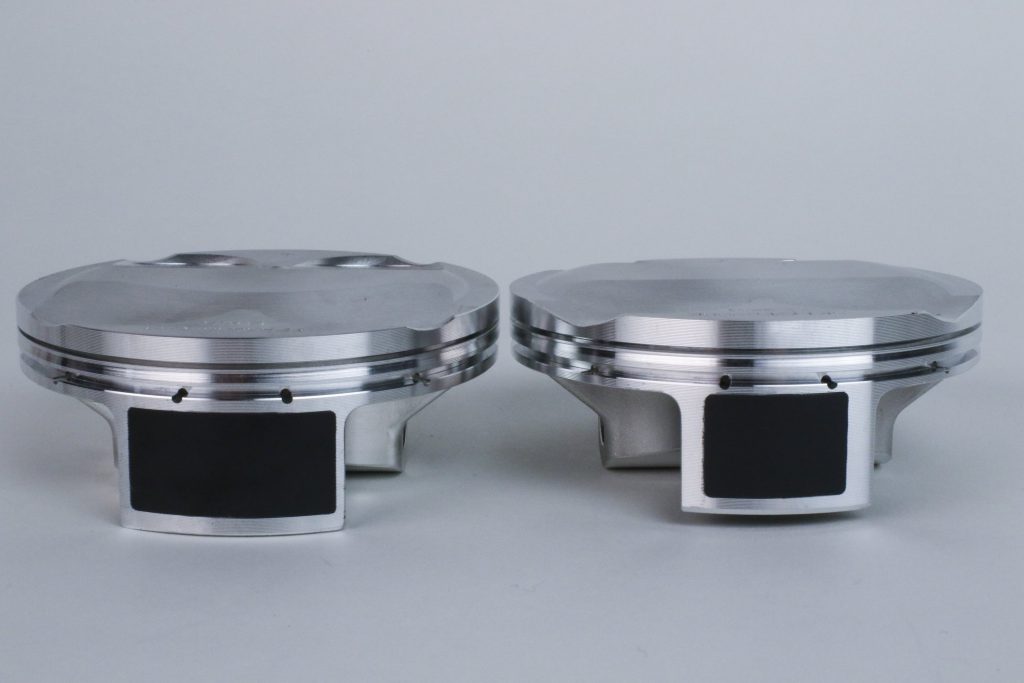
A piston ring is a metallic split ring that is attached to the outer diameter of a piston. Modern engines usually have three piston rings per cylinder. The function of the top two compression rings is to seal the combustion chamber, while the bottom ring known as the oil control ring controls the supply of oil to the cylinder wall, in order to lubricate the piston skirt and the oil control rings, as well as to clear excess oil that gets to the cylinder walls so that there are none left to get to the combustion chamber.
When these piston rings are not working properly, oil will find its way into the combustion chamber, which inevitably leads to oil leaking into spark plugs.
5. Leaking valve cover gasket
Also located on the head of the cylinder, close to the spark plugs is the valve cover gasket. Their function is to contain the engine oil and make sure it doesn’t get past the cylinder head. If the valve cover gasket is not working properly, oil can leak into the spark plugs.
It is not uncommon for the valve cover gasket to get damaged, since it is exposed to the high temperature of the engine and thus prone to wear and tear. Therefore, this component should also be inspected regularly and replaced promptly before the issue of oil on spark plug threads escalates to permanent engine damage.
6. Blown head gasket
The head gasket is compressed between the engine block and the cylinder head, thus providing the seal between the two. The head gasket seals in the internal combustion chamber and also keeps coolant and oil from mixing together as the two fluids travel from the engine block to the cylinder head. When the head gasket is blown, oil will find its way into the combustion chamber and then the spark plugs.
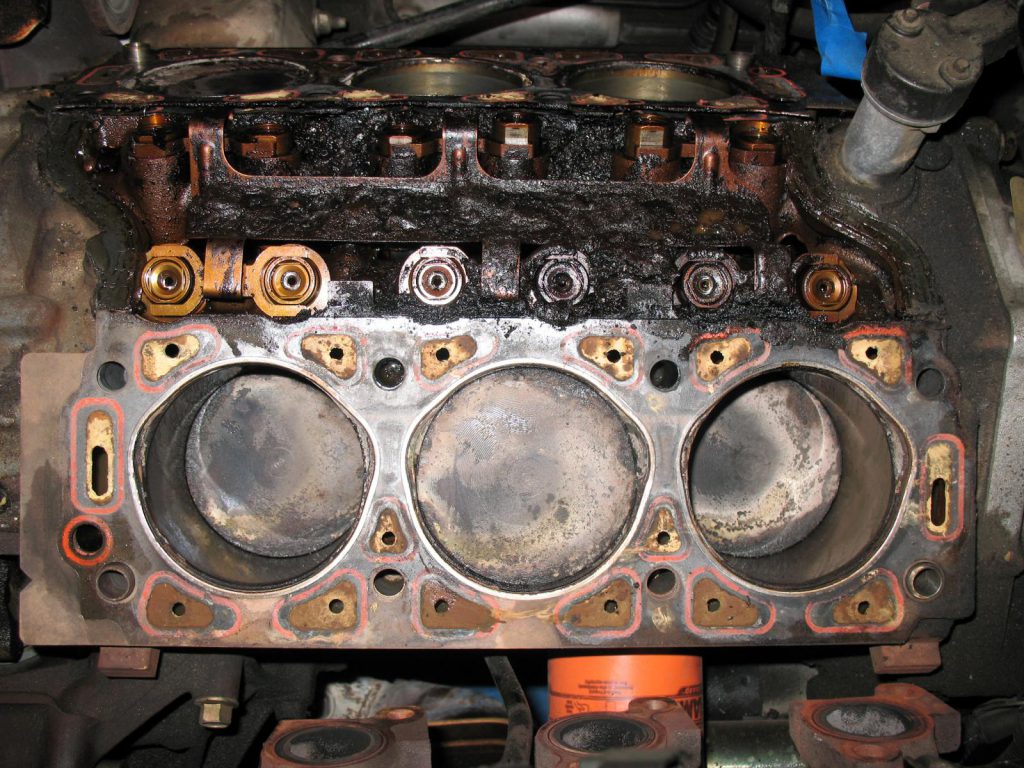
A blown gasket will manifest in various ways, including white milky oil, white smoke from the exhaust pipe, coolant leaking externally from below the exhaust manifold, overheating engine due to a lack of coolant from leaks, or bubbles in the radiator or coolant overflow tank.
A blown gasket must be replaced right away. Driving your vehicle with a blown head gasket is dangerous and will only cause major damage.
Fixing Oil On Spark Plug Threads: Tools
The many components above can be responsible for oil leaking into spark plugs. So, to fix the issue of oil on spark plug threads, make sure you are equipped with the following tools:
- Valve cover gasket and O-ring spark plug tube seal
- Power Handle
- Spray cleaner (for oil)
- Pliers
- Socket and spark plug socket
- Ratchet and extension
- Engine sealer
- Screwdriver
Oil On Spark Plug Threads: Step-By-Step Remedy
Now, let’s in turn inspect each of the possible culprits below to find out exactly what causes oil to leak into the spark plugs.
First and foremost, you need first to turn off your car and then proceed to disconnect your car battery terminals. This will ensure that the engine is off and not supplying power.
1. Remove the valve cover and inspect the head gasket
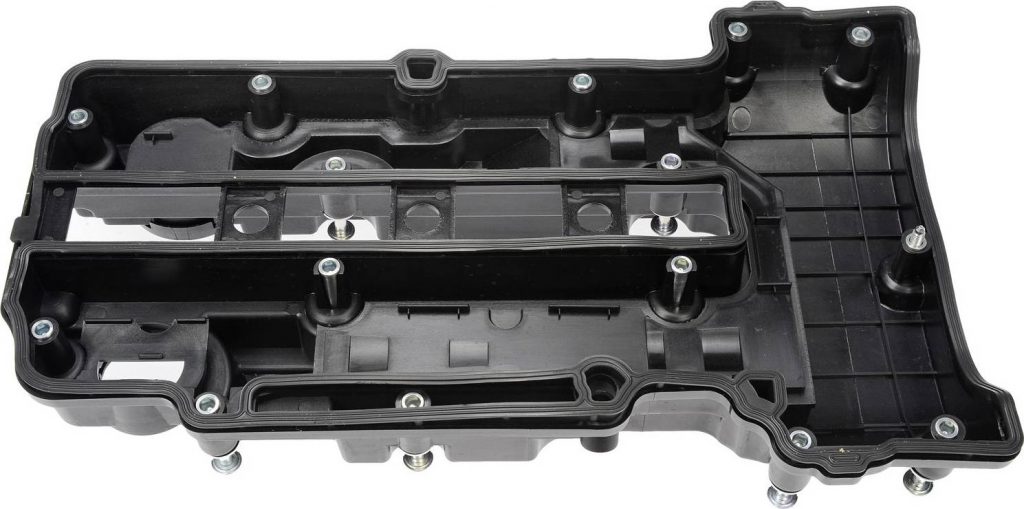
Being a very small part of the engine, the head gasket is an elastic band meant to seal. To inspect the head gasket, you must remove the valve cover with a screwdriver.
Once you have done that, you will be able to see the spark plugs and the tubes. The seals and gaskets will also be exposed. Inspect for any cracks or other damage.
If an inspection points to the head gasket as the culprit for oil on spark plug threads, you’ll need to replace it right away.
Read more:
2. Remove the spark plugs
Spark plugs are built into the valve cover. Therefore, to replace them, you must remove the valve cover first. Before this step, take out the spark plug tubes and put them on the side.
Once it is done, take the clamps off the hoses that go to the valve cover using pliers that can easily unlock them. Next, you can use your hands to remove the hose.
Then, remove the wiring harness on the top of the valve cover. Once accomplished, you can get a big socket and power handle to take the nuts out of the valve cover. For this, make sure to remove the nuts one by one with the tools unless it is easy to pry them loose with your hands.
Now, get the screwdriver and pry under the valve cover as it is often stuck on. With a little wiggling and prying, one can easily get it off.
Now after the valve cover is removed, the seals located in each of the spark plugs can be removed.
One important note that many car owners ignore: Do not be tempted to clean and use the old plugs again, as they might still have some oil left on them that you cannot see. Since the spark plugs are already faulty, the best thing is to replace them with new sets, which won’t cost you a fortune anyway.
Read more
3. Clean the head and valve cover
Do note that you need to clean the head and valve cover before installing new gaskets and seals. Cleaning these parts helps remove old particles and thus helps the new parts you are installing to have a tighter seal.
When cleaning, make sure to use the right greaser and only use plastic equipment so that the cylinder head or valve cover does not get damaged in the process.
4. Install the new valve cover gasket
Getting the gasket as per the shape of the component is essential. Moreover, one must also check the material and the quality of the gasket, before purchasing it for the vehicle. Normally, the high-quality silicone material is considered good for the durability of the car and the valve cover gasket. Furthermore, these don’t need retyping often, which not only reduces the work but at the same time expenditure, too.
So, once you have it, first add a liquid called sealer at the edges so that the new gasket doesn’t slip over. In addition it, the gasket placed over the liquid sealer will tightly secure its place thus, preventing the entrance of oil on the spark plug.
Watch the video to learn more about the detailed steps:
5. Install the spark plug gasket
Lastly, one needs to place the spark plug gasket on the rim of the spark plug well. These are actually circular in shape and is placed in the same manner using the liquid sealant as the valve cover gasket. Once finished with it, bolt the nuts in the order 2-3-1-4 that were removed earlier, in order to avoid any damage to the valve cover.
Tip: Following this order of screwing the nuts tightly is necessary.
Afterward, place everything back in position and make sure to rinse the oil off the parts (which would have spilled around) by using the oil cleaner.
To wrap it up, the spark plug’s role is quite larger than its size in the functioning of the engine. Therefore, it’s the responsibility of the car owner to keep a check on the condition of the engine and determine that there is no oil on the spark plug threads.






